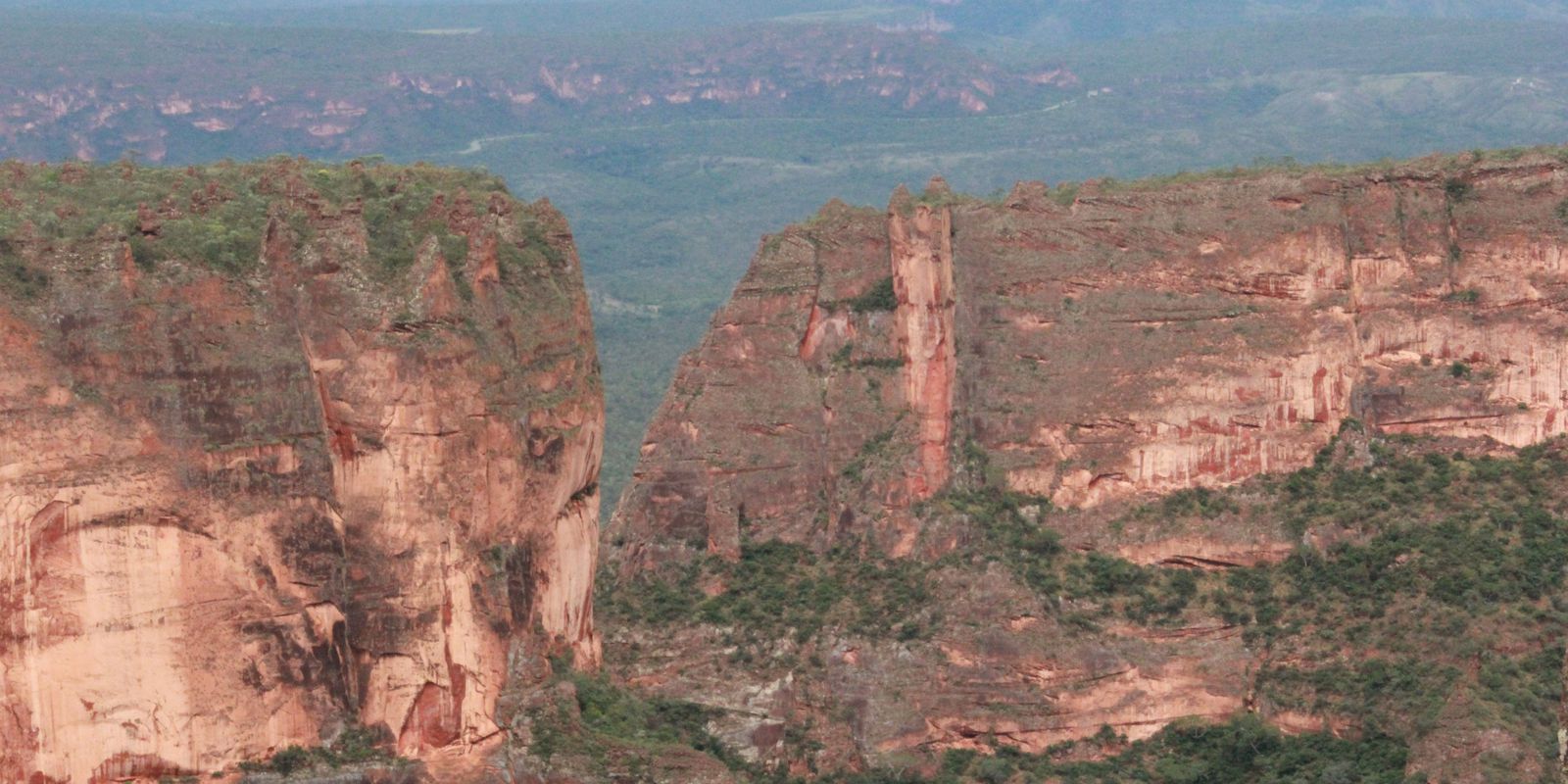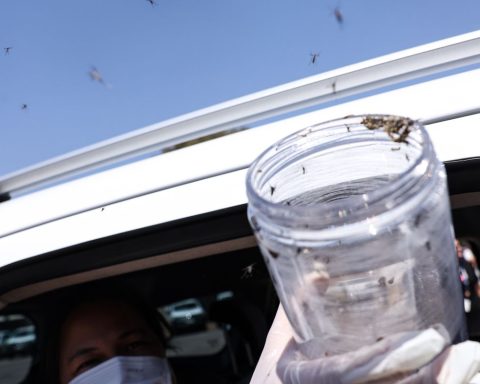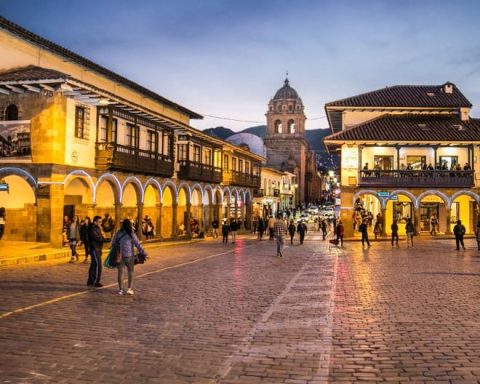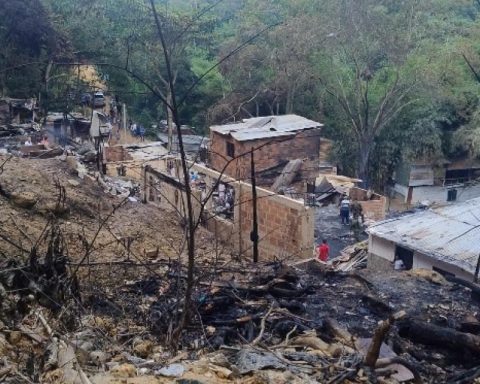The Chico Mendes Institute for Biodiversity Conservation (ICMBio) published today (26) a public notice for the concession of the Chapada dos Guimarães National Park. The project was developed by the Project Factory of the National Bank for Economic and Social Development (BNDES), in partnership with ICMBio, the Ministry of the Environment (MMA) and the Ministry of Tourism (Mtur), using studies carried out by the Carcará Parques Consortium. Brazilians.
Investments of around R$ 18 million are foreseen in infrastructure, in addition to the investment of R$ 200 million in operations and management. The public notice also provides for other investments, within a period of up to three years, including improvements in operational buildings, leisure infrastructure and facilities in various areas. The auction is scheduled to take place on December 20 at B3, in São Paulo (SP).
According to the BNDES, through its press office, the criterion for selecting the concessionaire involves the highest fixed grant value, which is the amount to be paid by the winners to the government. The winner of the auction will be responsible for activities to support visitation, maintenance and modernization of tourist services, in addition to conservation and protection actions.
thick
Chapada dos Guimarães National Park is located in the Cerrado region of Mato Grosso, in the geodesic center of South America, in the municipalities of Cuiabá and Chapada dos Guimarães. In addition to its tourist appeal, the park helps protect an important remaining area of the Cerrado, the second largest biome in the country.
According to information from ICMBio, the Chapada dos Guimarães National Park covers 32,630 hectares, protects significant samples of local ecosystems and ensures the preservation of natural resources and existing archaeological sites, providing adequate use for visitation, education and research. The area is home to most of the headwaters of the major Brazilian rivers (Paraguay, Araguaia, Tocantins, Juruena-Tapajós and São Francisco). In addition to its water importance, it protects the habitat of endangered species, such as the maned wolf and the jaguar.
The national park is home to 659 known species of plants, 44 of fish, 242 of birds and 76 of mammals. In addition to this diversity of species, the park protects ten different types of Cerrado vegetation and is a place where there are different geological formations, including areas of desert and marine origin. For this reason, it is said that Chapada dos Guimarães was once sea and desert over millions of years, informed ICMBio.
The best-known landscape in the national park is the Véu de Noiva Waterfall, formed by the Coxipó River. Other well-known places are the Morro de São Jerônimo, the paths of Rio Claro, Cidade de Pedra and the Circuito das Cachoeiras.

















